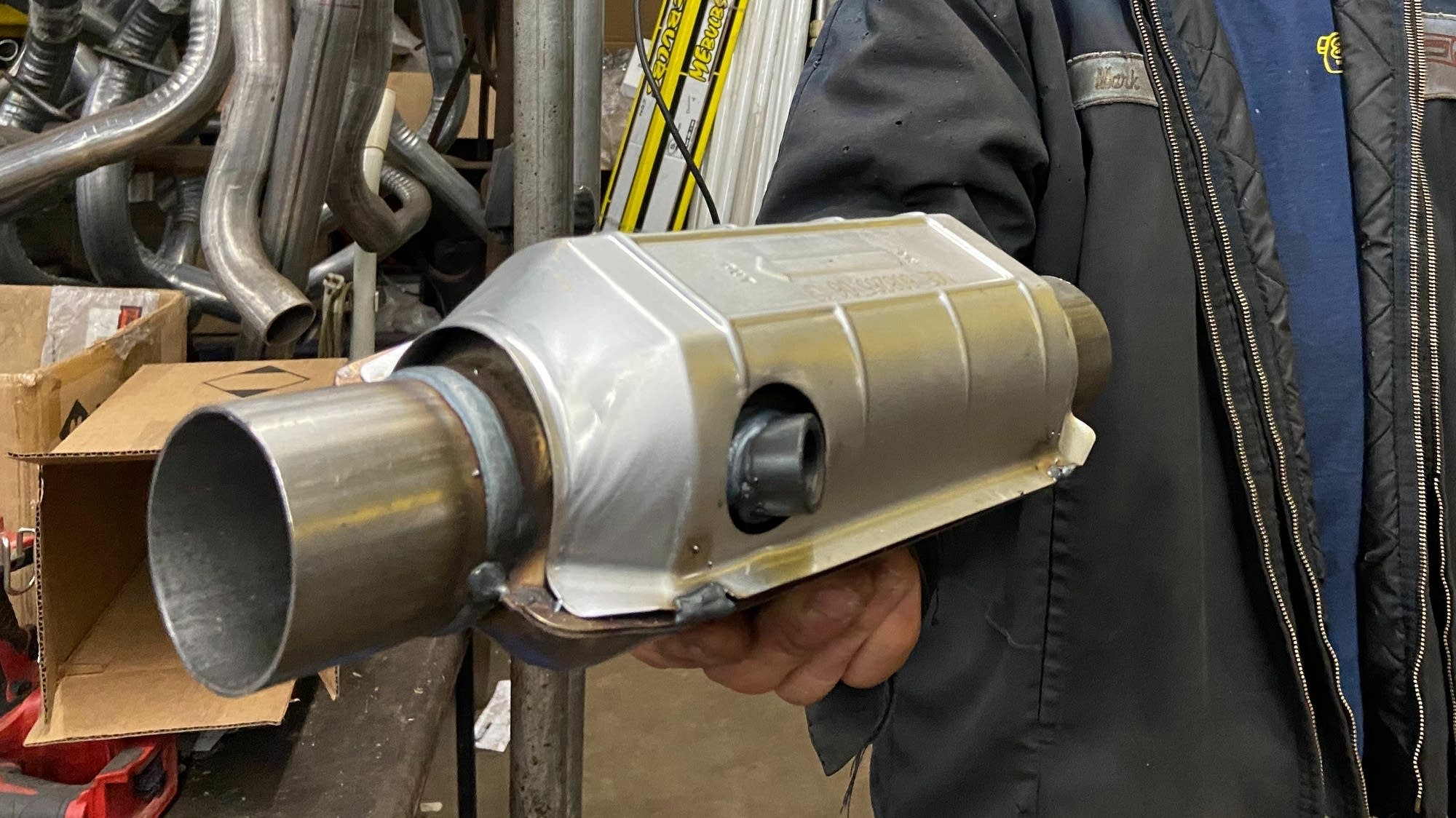A new catalytic converter can cost $1,000 or even more, making it amongst the priciest specific components on any kind of vehicle. They are costly because they utilize pricey metals such as palladium to promote the chain reaction that cleans the exhaust. Palladium costs about $50 a gram, more than gold, as well as each catalytic converter contains about 5 grams of it. Metals like palladium are stimulants, a special class of materials that quicken chemical reactions yet don’t chemically change themselves. In theory, drivers can be utilized over as well as over, forever. In practice, however, the efficiency of catalysts weakens in time. To make up for this, we are forced to make use of more of these pricey metals in advance, including in the price. Our objective is to better recognize the sources of this destruction as well as how to neutralize it.
If you want information on scrap catalytic converter prices, please click on the link.
Why do catalysts spoil?
Ideally, catalysts should be created to have the best area feasible to advertise the best variety of chain reactions. So, manufacturers typically spread lots of tiny particles over the surface of a new catalytic converter. From past studies we understand that, over time, the steel atoms begin to move, developing larger, as well as larger fragments that provide less surface, and hence, become less effective. We call this clumping process “sintering.” To counteract sintering, makers make use of excessive quantities of metal to make sure that the converter will satisfy exhausts criteria for the 10- or 15-year lifespan of a car. Our group has uncovered that sintering isn’t the only reason for deactivation. Actually, this new deactivation system ends up being fairly the opposite of sintering. Under some situations, rather than fragments obtaining larger, they disintegrate right into smaller fragments as well as eventually end up being solitary atoms that are basically inactive. This is a new understanding our company believes nobody has offered in the past, and it prompted us to search for a completely new means to make the best use of the life-span and performance of the metals in catalytic converters.


